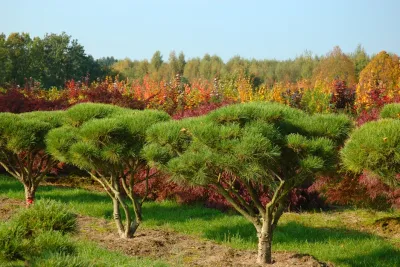
Woody plants for wet feet
LONG-TERM WET FEET
The question is, of course, whether prolonged flooding take place in winter or in summer. Accordingly, the trees and shrubs tolerate this better or less well, but generally speaking, the ones mentioned as examples below cope well with wet feet, but best in the period from late winter to spring. The only question is whether the weather, or rather the climate, adheres to this period.
SHORT-TERM WET FEET
These days, this category contains significantly more examples. By short-term, we mean a period of up to two weeks as a rough guideline. Although here, too, the tolerance for wetness depends on the season in which the flooding takes place. Basically, however, these trees tolerate wet feet much better in winter than we humans do. And which trees are we talking about? In addition to the trees mentioned above, which also tolerate long-term flooding, here are also some examples of trees that can cope with flooding in the short term!
Downloads








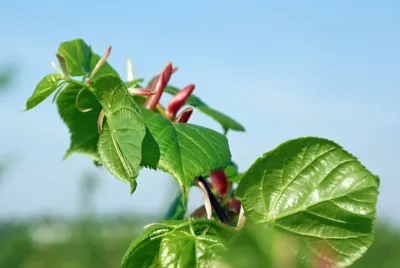

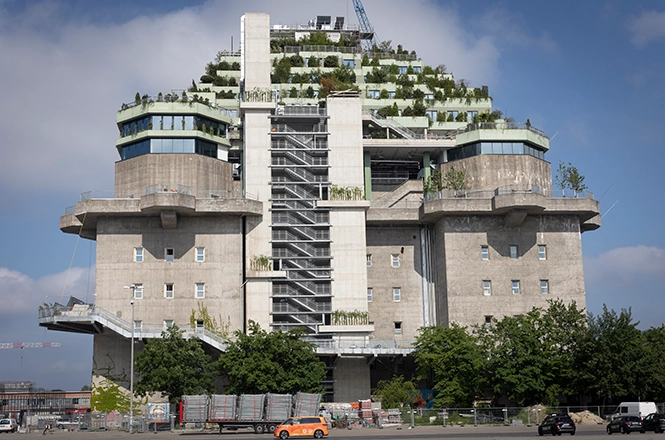
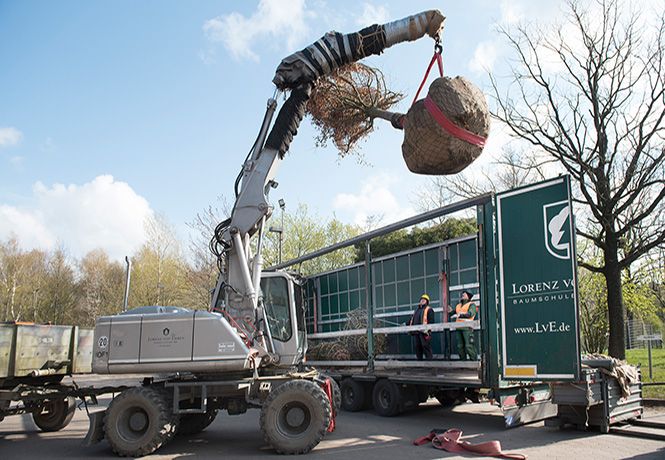







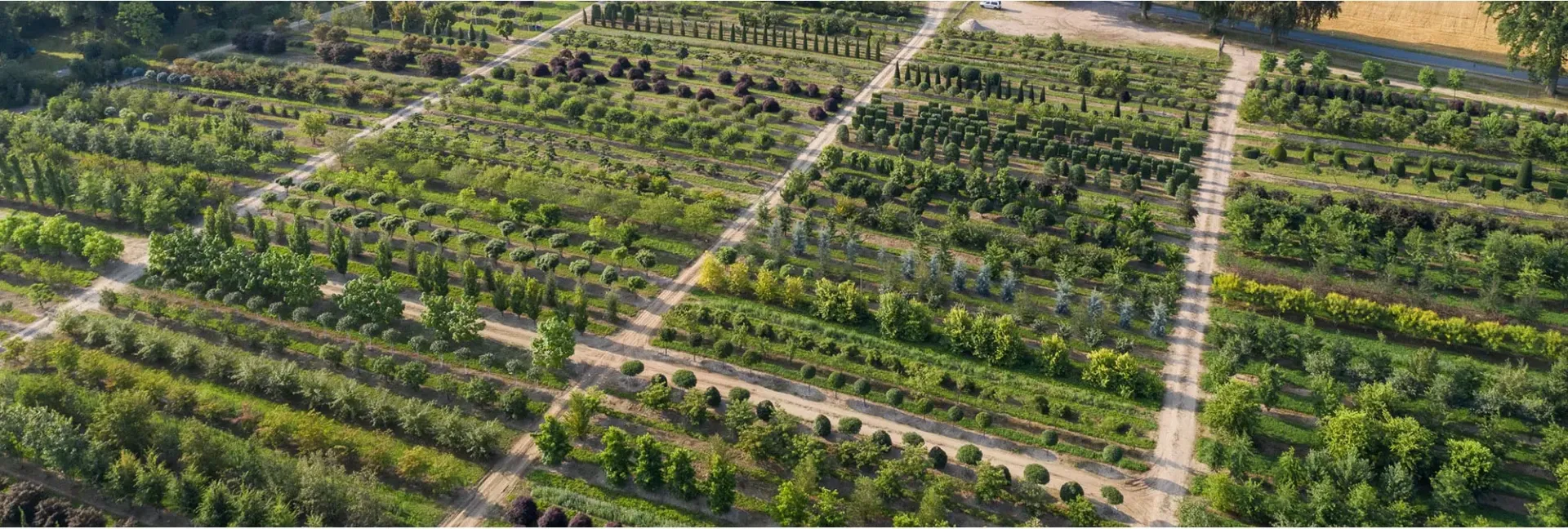
_400x400.webp)
